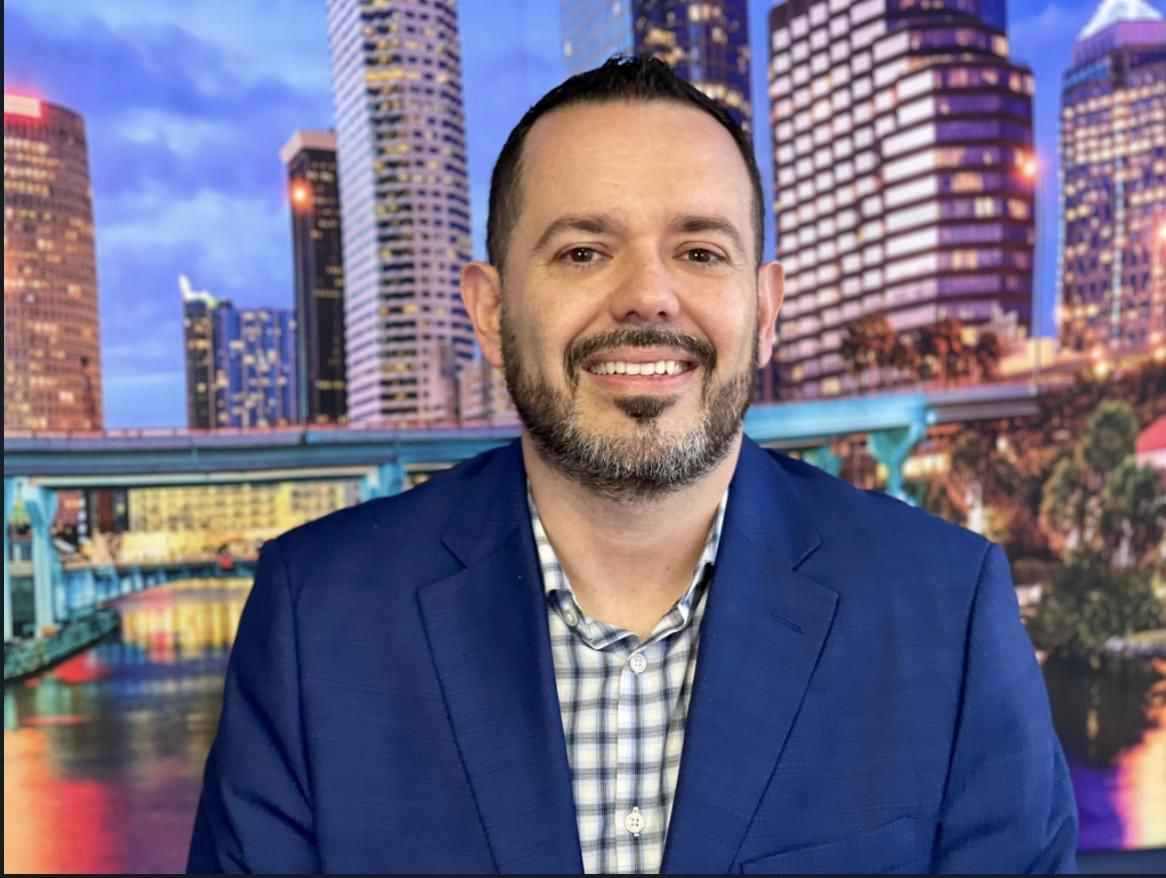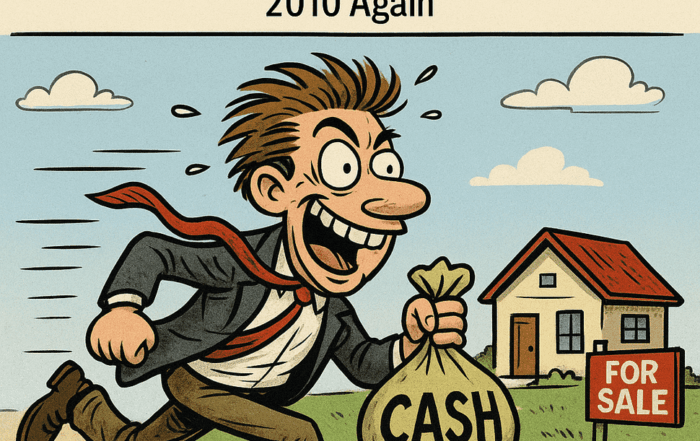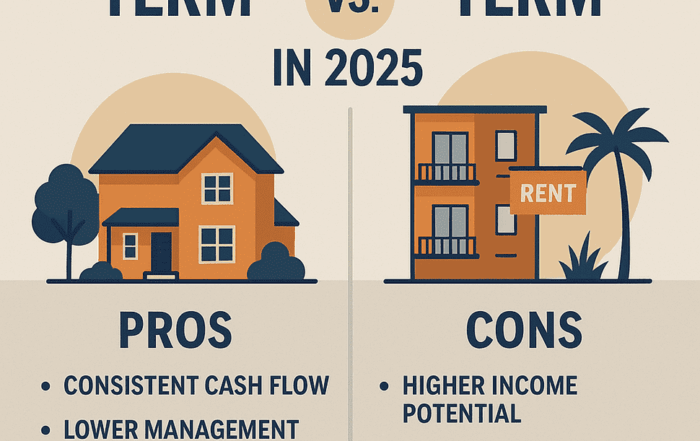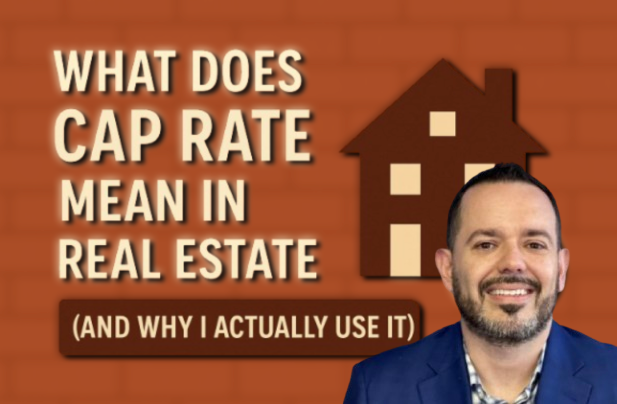
Building Generational Wealth: Why Starting in Low-Income Neighborhoods is a Winning Strategy
When most people think about building generational wealth through real estate, they picture luxury high-rises or massive multi-family properties. While those sound great, starting small in low-income neighborhoods is often a more achievable—and surprisingly lucrative—way to build your empire. In fact, this strategy is how many successful investors, including myself, began their journeys.
The beauty of real estate lies in its time-tested ability to increase in value. The longer you hold onto it, the more it grows, creating a reliable foundation for lasting wealth. Combine this with the inevitable gentrification happening in many fast-growing areas like Florida, and you have a winning strategy that leverages time, growth, and affordability. Let’s dive into why starting in low-income neighborhoods isn’t just viable—it’s a golden ticket to building generational wealth.
Why Focus on Low-Income Neighborhoods?
Low-income neighborhoods are goldmines in disguise. They offer advantages that higher-end markets simply can’t compete with, especially if you’re just starting out or want to maximize your investments.
1. Affordability Means More Properties
- Properties in low-income areas typically come with a much lower price tag, allowing you to buy more for the same amount of capital.
- The cheaper you can buy today, the more properties you can acquire, creating a larger portfolio to leave as a legacy.
2. Real Estate Always Goes Up Over Time
- Within my 20 years of experience, one truth stands out: real estate, when given enough time, always goes up.
- Properties in low-income neighborhoods may start at the bottom, but the only direction they can go is up. Patience is your greatest ally.
3. Steady Cash Flow
- Even if property appreciation takes time, rental income can provide consistent cash flow immediately.
- Low-income neighborhoods often have strong rental demand, especially for affordable, well-maintained housing.
4. Inevitable Gentrification in Growing Areas
- Cities with increasing populations, like those in Florida, naturally see low-income neighborhoods evolve over time.
- As new businesses, infrastructure, and residents move into these areas, they become more desirable, causing property values to rise.
- Florida, in particular, is a hotspot for gentrification due to its rapid population growth and popularity with retirees, families, and young professionals.
5. Community Impact
- Your investments can make a tangible difference. By improving properties and providing quality housing, you’re helping uplift the community.
The Longevity Factor: Time Is Your Best Friend
The secret to real estate wealth lies in time. The longer you hold onto a property, the more opportunities it has to appreciate in value. Low-income properties, in particular, thrive with time because:
-
Market Cycles Favor Appreciation
Real estate markets fluctuate, but over the long term, they trend upward. Even properties that seem undervalued today will grow as the surrounding area improves. -
Compounding Equity
Each year you hold a property, you pay down the mortgage while its value increases. This compounding effect builds substantial wealth over time. -
Gentrification as a Catalyst
In Florida and similar states experiencing population booms, low-income areas are often the first to experience gentrification. With businesses, schools, and public infrastructure expanding, these neighborhoods transform into high-demand locations.
For example, buying three $100,000 homes in a low-income area today is often a better move than investing in one $300,000 property in a middle-income neighborhood. Over 10–15 years, those three properties will likely outpace the single property in terms of value and income potential.
Spotting Hidden Gems: How to Choose the Right Neighborhood
Not all low-income neighborhoods are created equal. The trick is to identify areas with potential for growth. Here’s what to look for:
1. Proximity to Development
- Areas near public transportation, schools, or business hubs are prime targets for future growth.
2. Signs of Revitalization
- Look for neighborhoods with new businesses, community programs, or city investment in infrastructure.
3. Affordable Properties with Good Bones
- Focus on homes that need minor cosmetic upgrades rather than total overhauls.
4. Population Growth
- Look at areas experiencing rapid population increases, like many Florida cities. Increased demand for housing usually leads to appreciation and gentrification.
5. Consistent Rental Demand
- Ensure the area has a strong demand for rentals to guarantee steady cash flow while you wait for appreciation.
How to Maximize Your Investment
Buying in low-income neighborhoods requires a strategic approach. Here are some tips to ensure your investments thrive:
1. Start Small and Scale Up
- Begin with one or two properties and reinvest your profits into more. Scaling slowly allows you to learn the market without overextending yourself.
2. Plan for Repairs and Maintenance
- Properties in these areas may need some work. Budget for essential upgrades like plumbing, electrical, or roofing to attract tenants.
3. Leverage Smart Financing
- Use creative financing methods, such as FHA loans or partnerships, to stretch your buying power.
4. Hire a Local Property Manager
- A good property manager with experience in the neighborhood can help you avoid tenant issues and keep your properties in great shape.
5. Focus on Longevity
- Remember, this is a long game. Don’t rush to sell; instead, let your properties appreciate and use the rental income to fund additional investments.
Real-Life Success Story
Here’s an example from my own career. One investor I worked with bought a run-down duplex in a low-income neighborhood for $80,000. At first, it seemed like a risky move. The property needed about $15,000 in repairs, and the area wasn’t exactly a hot spot.
Fast-forward 10 years: that same duplex is now worth $200,000, and it’s been providing $1,800 a month in rental income for a decade.
The area is now one of the fastest-growing neighborhoods in the city, with coffee shops, a park, and new schools attracting families. This investor used the equity from this property to buy two more homes in the same neighborhood, which have also doubled in value.
The Compound Effect: Why Starting Small Leads to Big Results
Investing in low-income neighborhoods allows you to benefit from the compound effect. Here’s how it works:
-
Affordable Properties Allow Faster Scaling
- By starting with cheaper homes, you can buy more properties sooner, building a diversified portfolio.
-
Reinvestment Accelerates Growth
- Use cash flow and equity from your first properties to reinvest in additional ones.
-
Time Magnifies Gains
- The longer you hold onto a property, the more appreciation and equity you’ll see.
-
Gentrification Multiplies Value
- As neighborhoods improve due to inevitable population growth and development, your properties experience even faster appreciation.
-
Legacy Building
- A larger portfolio means more assets to pass down to your children or other heirs, creating a lasting legacy of wealth.
Why Low-Income Neighborhoods Are a Smart Choice
Many investors shy away from low-income areas due to perceived risks or stigma. But the reality is that these neighborhoods often hold the greatest potential for growth. Properties in these areas:
- Are affordable, allowing you to start investing sooner.
- Offer strong rental demand, ensuring steady cash flow.
- Appreciate over time as the neighborhood improves, often fueled by inevitable gentrification in places like Florida.
Starting small doesn’t mean dreaming small. With the right strategy, these properties can be the cornerstone of a massive portfolio that secures your financial future and leaves a legacy for generations to come.
Final Thoughts
Real estate investing isn’t about hitting a home run with every property—it’s about consistency, patience, and vision. Low-income neighborhoods offer the perfect mix of affordability, growth potential, and cash flow to help you start building generational wealth today.
Remember, real estate always goes up the more time you give it. The cheaper you buy now, the more properties you can afford, and the greater the legacy you can leave behind. Combine this with inevitable gentrification in fast-growing areas like Florida, and you’ve got the recipe for long-term success.
Keep it consistent, stay patient, stay true—if I did it, so can you! Ready to learn? Let me guide you at propertyprofitacademy.com – Jorge Vazquez, CEO of Graystone Investment Group & its subsidiary companies and Coach at Property Profit Academy.
This article idea was inspired by Jay Michalec, COO of Graystone Investment Group.
OUR BEST ARTICLES
The College Rental That Nearly Schooled the Landlord: Lessons from Bradley’s Student Housing Fiasco
Jorge Vazquez2025-07-10T19:32:35+00:00July 10th, 2025|Comments Off on The College Rental That Nearly Schooled the Landlord: Lessons from Bradley’s Student Housing Fiasco
A "Safe Bet" Gone Sideways Bradley is one of those agent-investors we all admire. Sharp, experienced, hands-on, [...]
Opportunistic Buyers Are Back: Why Florida’s Real Estate Market Feels Like 2010 Again
Jorge Vazquez2025-07-09T01:10:13+00:00July 8th, 2025|Comments Off on Opportunistic Buyers Are Back: Why Florida’s Real Estate Market Feels Like 2010 Again
If you were around during the aftermath of the 2008 crash, you might remember that eerie silence around 2010—the [...]
Can Buying Real Estate in Florida Help You With Immigration?
Jorge Vazquez2025-07-07T18:54:31+00:00July 7th, 2025|Comments Off on Can Buying Real Estate in Florida Help You With Immigration?
Can Buying Real Estate in Florida Help You With Immigration? So you’re wondering, “If I buy a couple rental [...]
Long-Term vs. Short-Term Rentals in 2025: Which Strategy Wins?
Jorge Vazquez2025-07-07T03:10:20+00:00July 7th, 2025|Comments Off on Long-Term vs. Short-Term Rentals in 2025: Which Strategy Wins?
In 2025, the real estate world feels a little like a game show. Behind door one: long-term rentals—steady, reliable, [...]
What Does Cap Rate Mean in Real Estate (And Why I Actually Use It)
Jorge Vazquez2025-07-11T01:28:49+00:00July 5th, 2025|Comments Off on What Does Cap Rate Mean in Real Estate (And Why I Actually Use It)
What Does Cap Rate Mean in Real Estate (And Why I Actually Use It) Alright, I’m gonna break this [...]
Real Estate Investment Analysis: How to Know If a Deal Is Actually Worth It
Jorge Vazquez2025-07-05T13:37:26+00:00July 5th, 2025|Comments Off on Real Estate Investment Analysis: How to Know If a Deal Is Actually Worth It
Real Estate Investment Analysis: How to Know If a Deal Is Actually Worth It You know how some people [...]
Ready to take your real estate investing knowledge to the next level? Join our Property Profit Academy today! https://www.propertyprofitacademy.com
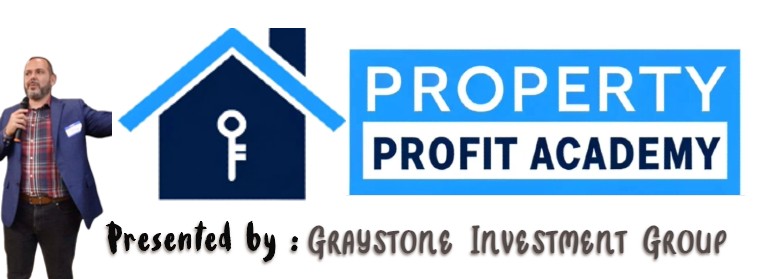
Meet our Team of Experts!
Meet Cody Bergstrom, Your Expert in Finding Deals
My team and I have over 20 years of experience in real estate. We have strong relationships with wholesalers, probate lawyers, sellers, and others in Florida. I aim to align your investments with your vision and deliver exceptional results. Contact Vanessa to schedule a meeting: https://graystoneig.com/cody
Meet Marylyn Patankar, Your Property Manager Partner
Hello, I’m Marylyn Patankar, the Field Manager and New Client Ambassador at Graystone Property Management. I educate investors about our perks, onboard new landlord investors, and manage on-site operations. Schedule a meeting with me here: https://graystoneig.com/marylyn

Meet Lisa Kaye Price, the LendingGig Top MLO
Lisa-Kaye Price – Real Estate Lending Specialist
With 20 years in real estate, Lisa-Kaye is dedicated to helping clients achieve their investment goals through strategic financing. She and her team focus on securing the best financing solutions to maximize leverage – a unique advantage of real estate investing.
Offering various options, including conventional loans, asset-backed and private money solutions, and programs for foreign nationals, Lisa’s expertise ensures clients get the support they need, whether buying new properties or refinancing.
Schedule a meeting with Lisa: https://graystoneig.com/lisa-kaye-price
